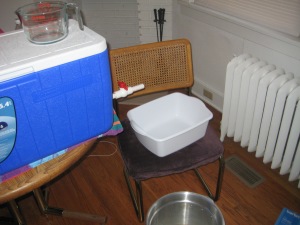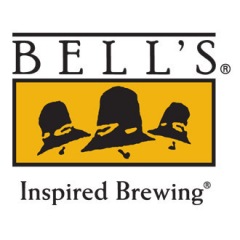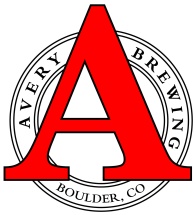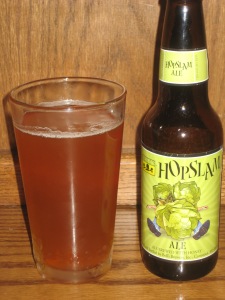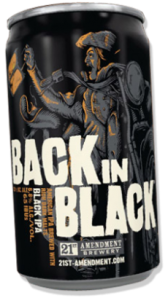It has been awhile since I last blogged. I am in grad school and things began to get real. Hence, blogging went on the back burner. I might be a little rusty with the blogging, but as I catch up on posts, I think the writing should get better.
I did make some time to rack-n-cap the brown ale I have been writing about in the last few posts. I have also been able to drink a few of them. I thought I would pass on my observations for the rest of this post.
As I planned, I used the fluff as a primer. I slowly melted 4-5 oz.s of fluff with water. I don’t remember how much water I used exactly. However, since I figured it was all sugar, I think it was about a cup, similar to if I was using corn sugar. The idea is to spread out the water so it mixes most evenly with the fermented wort.
As the fluff melted down, it looked more and more like water. There were also un-melted marshmallow floating at the top. It looked like curds and some of them made it in the final product. I think if I did this over again, I would try to take those floaters off the top. I know it is edible, but it looks gross.
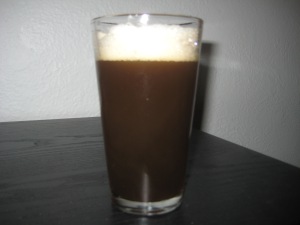 The marshmallow in the final product is very soft. The one in the photo had a slight milkiness to it; wisps of white. There is very slight creaminess to it, too. I don’t think it changed the body. If you drank it and didn’t know there was marshmallow in it, you might miss it – so it is subtle.
The marshmallow in the final product is very soft. The one in the photo had a slight milkiness to it; wisps of white. There is very slight creaminess to it, too. I don’t think it changed the body. If you drank it and didn’t know there was marshmallow in it, you might miss it – so it is subtle.
If you remember from the last entry, I had a very light wort. The final gravity was 1.006. The alcohol level was about 2.9%, so I don’t think alcohol has a strong presence in the flavor.
According to brewersfriend.com my beer has about 90 calories in each bottle. So considering the calorie count and the amount of alcohol, it looks as though I stumbled upon a Lite Brown Ale. This isn’t something I’m proud of, but I am an optimist. The beer isn’t bad. It is drinkable, it just doesn’t have much flavor. Seriously, if someone were to make a Lite Brown Ale on purpose, this is what it would taste like. Still better than the “American Lite Pilsner.”
Concluding Lessons learned from this batch:
- From what I have learned, since normal marshmallows and marshmallow fluff is made almost completely of fermentable sugars, adding it to brewing will not come up with something that tastes like marshmallow. Its contribution is very subtle.
- [Efficiency is something that should be considered for lautering.] Sparging [can be] important to get flavor in your beer [depending on the method used]. First time all grain brewers should not overlook this part, especially when trying to create a beer whose grain bill is really important to final product.
- If using fluff, take out the floaters before adding it to your beer.
